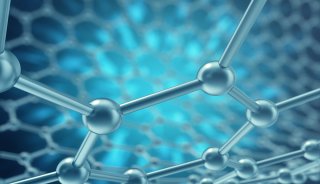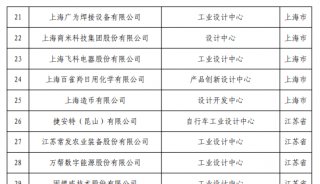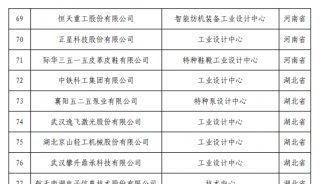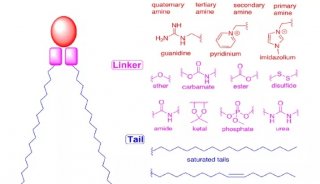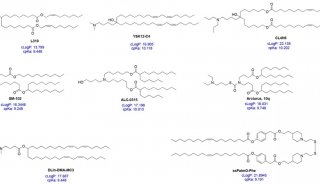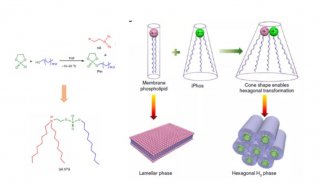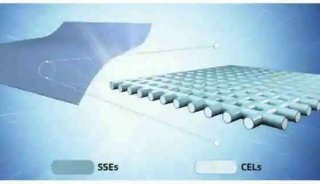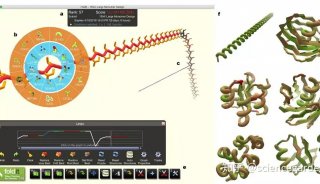射频混频器设计Harmonic balance simulation speeds RF mixer design-1
Harmonic balance simulation speeds RF mixer design
Harmonic balance simulation speeds RF mixer design
Stephen Maas, Chief Technical Officer, Applied Wave Research, Inc. (AWR), El Segundo, Calif.
The use of modern harmonic-balance simulators and electromagnetic analysis software has been instrumental in the design of modern mixers. Especially, it has allowed the development of new types of balun structures, without which broadband monolithic balanced mixers would be impossible. Design techniques, however, must be adjusted to make most efficient use of these technologies. This paper describes the current state of the art in the design, analysis, and computer modeling of microwave and RF mixers - and offers some pointers improving designs.
We show how modern computer analysis (CAD) tools, especially general-purpose harmonic-balance simulators and planar electromagnetic simulators, have improved both the quality of mixer designs and the efficiency of the design process. Simultaneously, new approaches to the design of baluns and passive structures have resulted in high-performance, broadband designs. Thus results in a new level of sophistication for mixer technology.
Since the invention of the superheterodyne receiver by Edwin Armstrong in 1917, mixers have been essential parts of radio communication systems. Mixer design has traditionally been an approximate process, at best using special-purpose computer programs. The development of general-purpose harmonic-balance simulators and electromagnetic simulators, however, has improved the accuracy of the design process enormously, and it has even made the design of a wide variety of new balun structures possible. These have been particularly valuable in monolithic circuits.

The composite, low-dielectric-constant substrate is very thin (typically 125-250 microns) and is mounted in a housing or carrier. An open area under the substrate is essential.
Mixers can be broadly categorized as active or passive. Passive mixers primarily use Schottky-barrier diodes, although a relatively new type of passive mixer, the FET resistive mixer 1, recently has become popular. FET resistive mixers use the resistive channel of a MESFET to provide low-distortion mixing, with approximately the same conversion loss as a diode mixer. Active mixers use either FET or bipolar devices. FETs (either MESFETs or HEMTs) are used for most microwave and RF applications where active mixers are employed; bipolar junction transistors (BJTs) and occasionally heterogeneous-junction bipolar transistors (HBTs) are used most frequently as Gilbert multipliers 2 for modulation, phase detection, and similar purposes. The theory of both active and passive mixers has been well known for some time 3 - 8.
Mixer Types and Technologies
Although single-device mixers occasionally are used, most practical mixers are balanced. Balanced mixers require baluns or hybrids, and these largely determine the bandwidth and overall performance of the mixer. Thus, they are the subject of considerable research interest. In this article, we shall consider only balanced mixers.
伽太科技提供各类型混频器,频段覆盖至500GHz。
主要提供:平衡混频器、单边带调制器、IQ混频器、IQ解调器、三平衡混频器等等,联系sales@gamtic.com获取更多信息。
In spite of the maturity of FET circuits, diode mixers are still widely used in microwave circuits. Diode mixers have an important advantage over FETs and bipolar devices: a Schottky-barrier diode is inherently a resistive device, and as such has very wide bandwidth. The bandwidths of diode mixers are limited primarily by the bandwidths of the baluns, not the diodes. FETs, in contrast, have a high-Q gate-input impedance, causing difficulties in achieving flat, wide bandwidth.
Diode mixers usually have 5-8 dB conversion loss, while active mixers usually can achieve at least a few dB of gain. Although properly designed active mixers can achieve somewhat lower noise figures than diode mixers, most systems can tolerate a relatively noisy mixer, so the diode mixer's loss and noise are rarely a significant disadvantage. Broadband diode mixers usually do not require more local-oscillator (LO) power than active mixers, but narrowband active mixers may have an LO-power advantage. Finally, balanced active mixers always require an IF hybrid or balun; diode mixers generally do not. When the IF frequency is low, the resulting large size of the IF balun may be troublesome, especially in monolithic circuits. Finally, even balanced active mixers require matching and filtering circuits, while balanced diode mixers largely do not.
Active mixers have a few important advantages over diode mixers besides their superior gain and noise figure. High-quality diodes are often difficult to produce in FET monolithic circuit technologies, so active FET mixers often are easier to integrate. Diodes in such technologies usually consist of a FET gate-to-channel junction, which usually is a very poor diode. Dual-gate FET mixers offer inherent LO-RF isolation, even in single-device circuits, although noise figure and gain usually are slightly worse than in single-gate FET mixers.
Mixer Design
The design of balanced mixers-passive or active-involves two fundamental tasks: (1) design of the baluns and passive matching circuits, and (2) design and analysis of the complete mixer.
The design of baluns and passive circuits for discrete-component mixers is very mature. Figure 1 shows a common structure. In this mixer, the baluns consist of simple, parallel-coupled strips mounted on a suspended substrate. Often, the lower strip (which is connected to the ground surface of the housing) is tapered to improve the balun's performance.
But such baluns - widely used in hybrids - are impractical for new-generation RF ICs, and attempts to "translate" suspended-substrate baluns into planar monolithic form have been largely unsuccessful. The fundamental problem is in the extra capacitance between the monolithic circuit's microstrips and ground. Because the substrate is thin (usually 100 microns) and has a high dielectric constant (12.9), this capacitance is unavoidably large. It allows an even mode impedance to exist on the balun. The even mode unbalances the mixer and allows input-to-output coupling, which reduces port-to-port isolation. Unless special efforts are made to reduce it, the imbalance is severe.
Practical approaches to the design of on-chip baluns for braodband circuit are still scarce. The Marchand balun offers some hope as a building block for broadband, planar monolithic mixers. Although its even-mode characteristic impedance is no higher than that of other structures, its performance tolerates low even-mode impedance much better.
Figure 2 shows a planar Marchand balun, and Figure 3 shows its calculated performance. Clearly, the Marchand balun is intrinsically capable of good performance over a multioctave band. In less idealized cases, we find that an octave bandwidth, or slightly greater, is practically achievable.

The odd-mode characteristic impedance is chosen so that the structure acts as a transformer between the source and load, and the even-mode impedance is made as great as possible.
-
焦点事件

-
焦点事件

-
焦点事件

-
焦点事件

-
焦点事件

-
企业风采

-
技术原理

-
企业风采

-
科技前沿
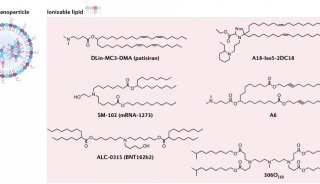
-
焦点事件

-
产品技术

-
科技前沿
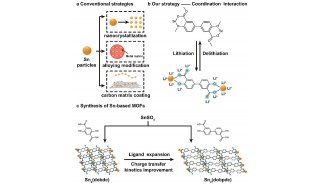
-
科技前沿

-
技术原理

-
焦点事件
